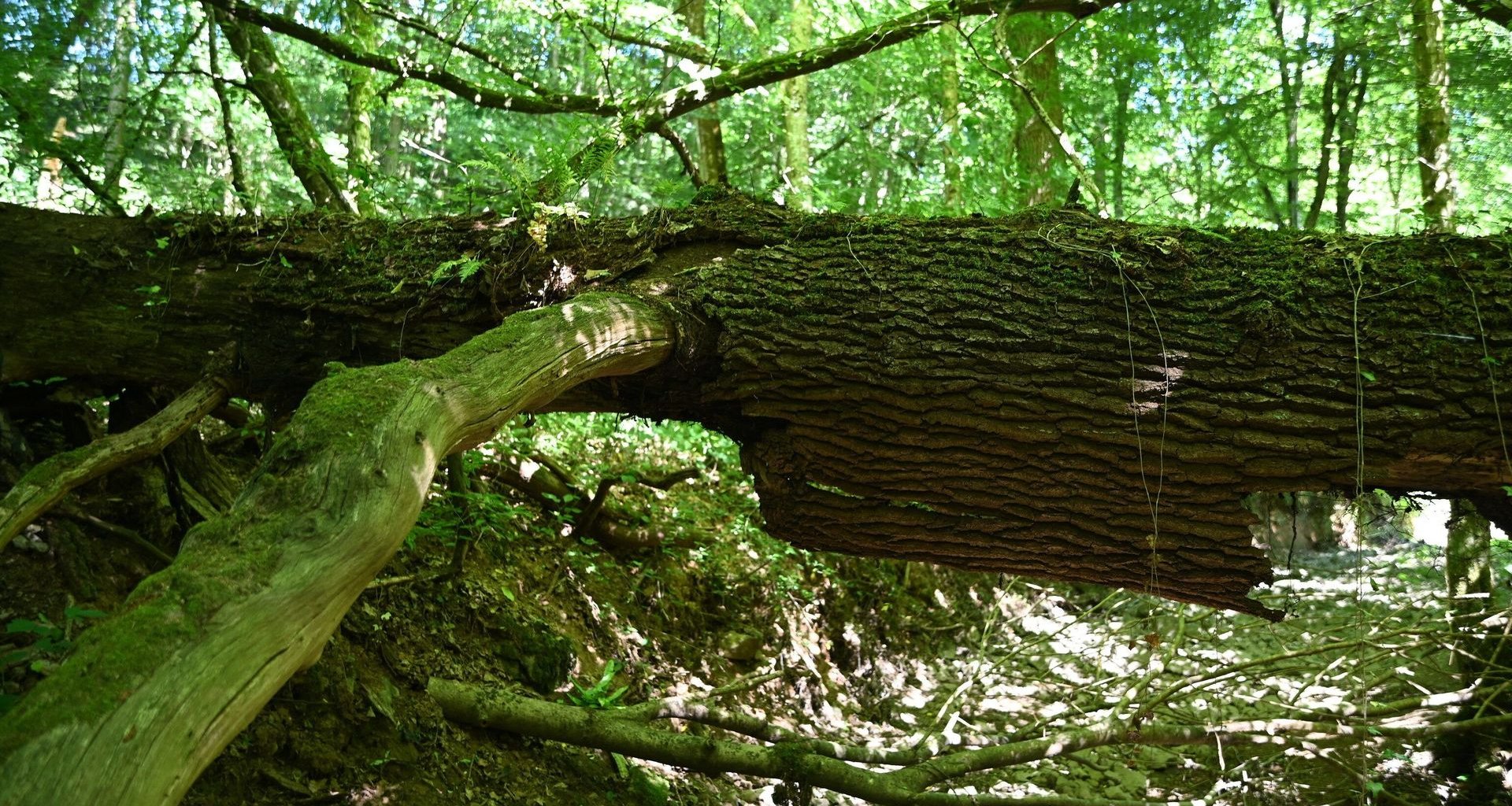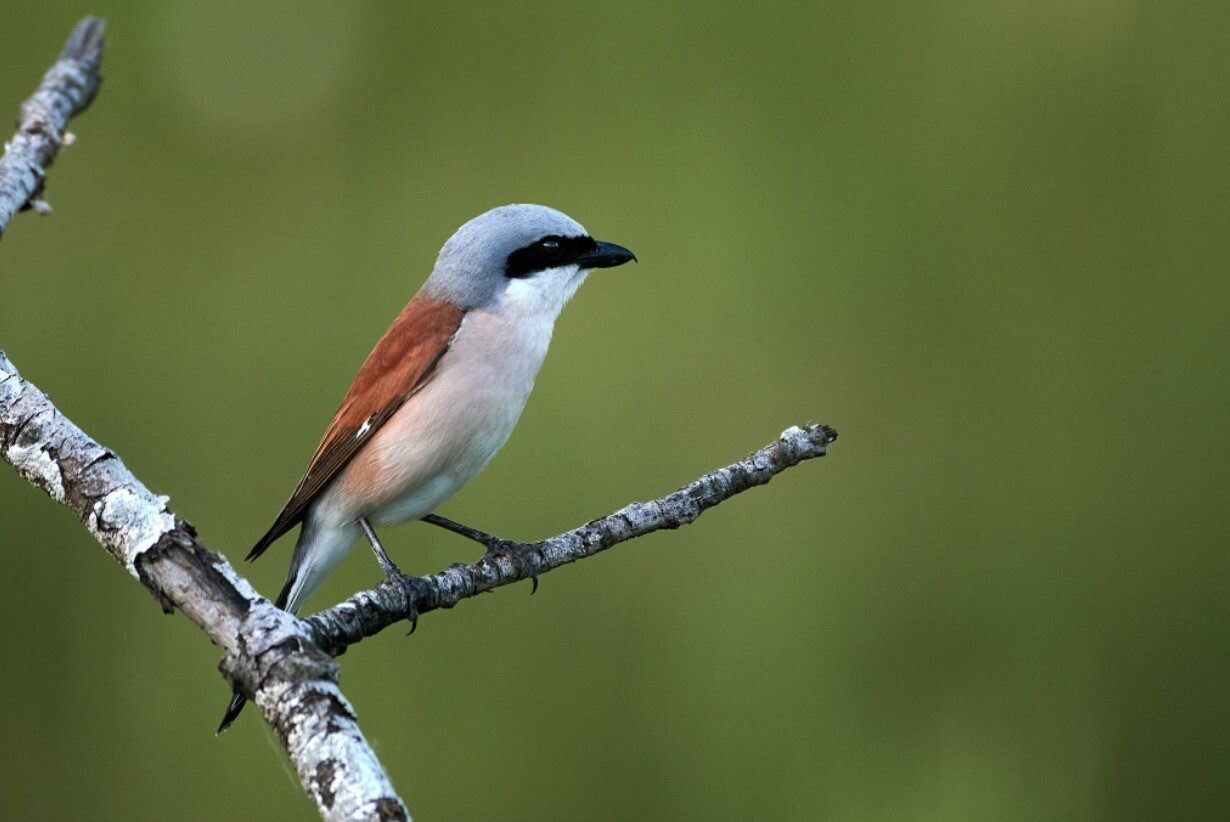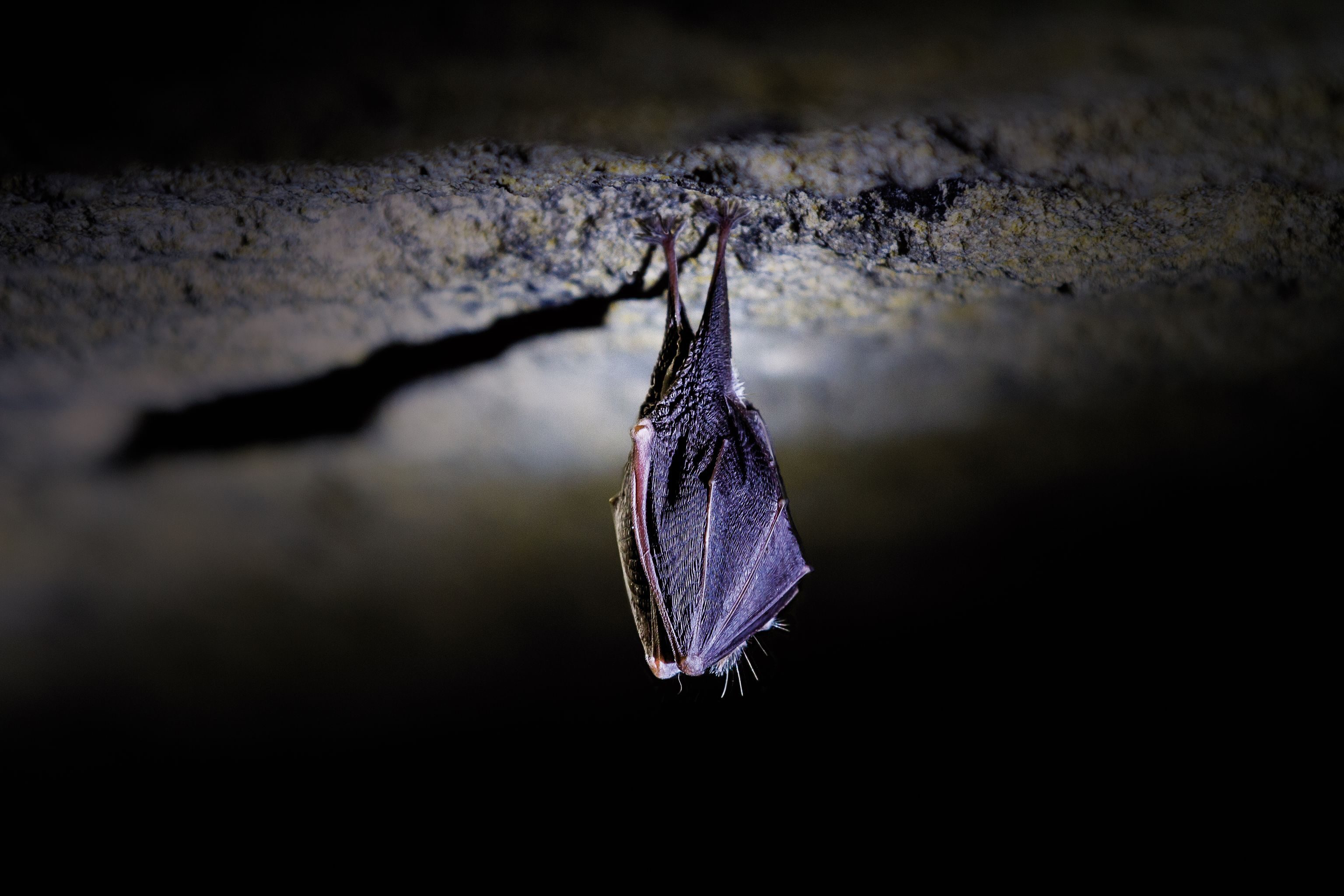
The National Park Entre-Sambre-et-Meuse is home to no fewer than 26 habitats of Community interest. What does this term mean? Why is it important to protect these habitats? And what actions are being taken? We explain it all on this page.
Project Officer for Nature, Maïké Dellicour
-
Nature, Biodiversity & Nature Monitoring
Maïké Dellicour
maike.dellicour@parc-national-esem.be#Restoration #RenaturationOfWatercourses

Maïké Dellicour inventories the habitats of Community interest (HCI) in the National Park and assesses their ecological conservation status. She is therefore well accustomed to walking around in these environments and will be our guide in discovering this unique ecological treasure.
A habitat of Community interest (HCI) is a natural or semi-natural environment recognised by the European Union (EU) for its biological and ecological value. The EU advocates protecting these habitats, which are home to precious and often endangered biodiversity.
26 HCIs in the National Park
‘There are 41 HCIs identified in Wallonia’,explains Maïké Dellicour, responsible for identifying these habitats for the National Park Entre-Sambre-et-Meuse. ‘The National Park alone has 26! This is therefore a precious heritage. Some of these habitats, rare in Wallonia, are well represented in our territory, such as calcareous grasslands. That is why we as well carry a special responsibility to preserve them.’
The National Park Entre-Sambre-et-Meuse has set a goal of achieving a good conservation status for all HCIs in its territory within 20 years. ‘Such an ambition is exceptional for a territory as large and interconnected as ours,’ Maïké emphasis.

Conservation status
‘The first thing we do is to conduct a detailed inventory and mapping of the HCIs in the National Park’, explains Maïké. ‘This involves visiting the sites and identifying the typical species of the different environments to determine which HCI we are dealing with. We then assess the conservation status of the habitat.’
The conservation status of a habitat can be thought of as its health condition. It is measured using several criteria, which help answer two key questions: does the habitat cover a sufficient surface area and distribution range? And does it shelter a significant number of typical species, and are their populations sufficiently large?
Despite numerous restoration programmes, almost all HCIs in Wallonia are in poor conservation status at the regional level.
Why protect and restore the HCIs?
Each habitat is home to countless species. Many plants and animals depend on one or more HCIs for their soil, microclimate, relief, ecological context… By preserving these habitats, we protect biodiversity!
Here are a few examples of rare or endangered species found in the HCIs of the National Park: the greater horseshoe bat which hunts in high-stem orchards and hibernates in underground cavities; the great crested newt which reproduces in nutrient-poor ponds; the red-backed shrike which favours hay meadows; the lizard orchid which is an orchid found in calcareous grasslands; the European nightjar, an extremely rare bird, which frequents dry heaths...

What actions are planned?
Concrete actions are planned to benefit all HCIs in the National Park ESEM. The type of measure obviously depends on the situation. These may include, for example, leaving dead wood in the forest, closing drainage pipes that dry out humid grasslands, undertaking botanical restoration, digging ponds…
Here are some of the key actions planned by the National Park Entre-Sambre-et-Meuse:
- Restoration of 5 hectares of dry heaths in the Ardennes
- Restoration of 80 hectares of calcareous grasslands, which will be maintained by pastoral grazing
- Creation of 5 hectares of reed beds and waterbodies in the hay meadows and megaphorbs of the Fagne
- Reintroduction of junipers and yews in forest environments and reinforcement of existing populations
- Establishment of integral forest reserves and forest charters (sustainable management) for the benefit of 8 forest HCIs
- Restoration of 50 hectares of grassland habitats, improvement of the ecological network (hedges, ponds) and targeted measures for species in open and humid environments (nesting poles or rafts…)
- Plantation of orchards and creation of a dark infrastructure to benefit various habitats and species, including bats inhabiting caves and underground cavities
These actions and many others are carried out in close collaboration with several partners involved in the National Park Entre-Sambre-et-Meuse: Ardenne & Gaume, Contrat de rivière Haute-Meuse, the Département de la Nature et des Forêts (DNF) of the Walloon administration, Natagora, Parc naturel Viroin-Hermeton, and Virelles-Nature.